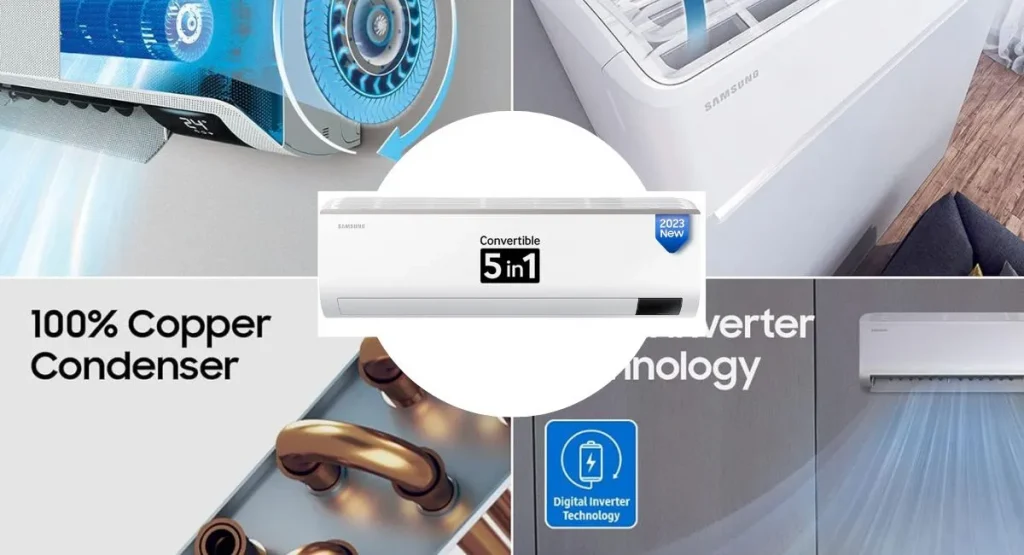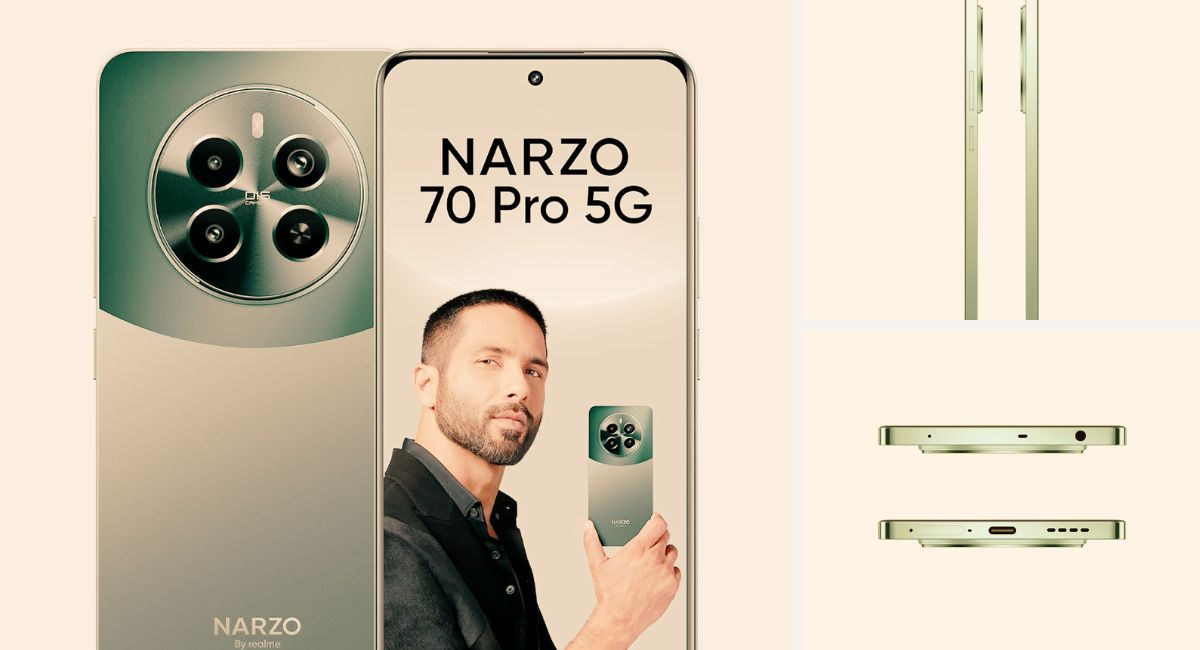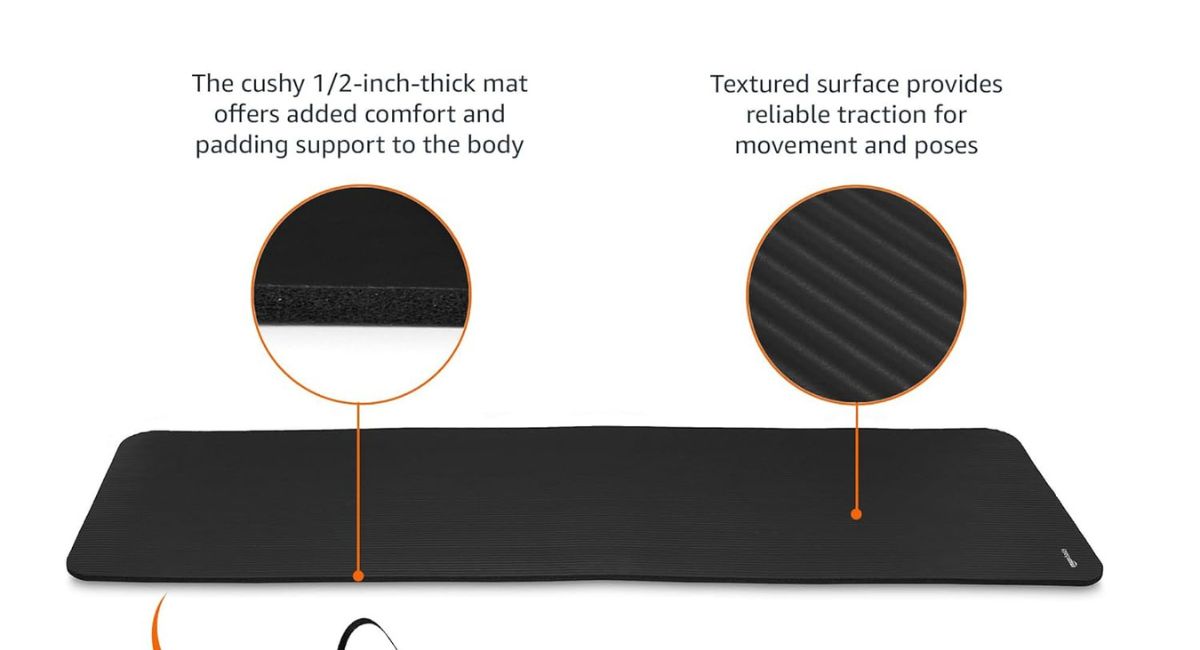Inverter Split Air Conditioners (ACs) have revolutionized the way we cool our homes and workplaces. With advanced technology, they offer numerous advantages over traditional fixed-speed AC units. In this comprehensive guide, we’ll delve into the workings of inverter split ACs, exploring their advantages, disadvantages, and electricity consumption to help you make an informed decision when selecting the perfect cooling solution for your space.

Advantages of Inverter Split ACs for consumers
- Energy Efficiency: One of the most significant advantages of inverter split ACs is their energy efficiency. Unlike conventional AC units that operate at a fixed speed, inverter ACs adjust their compressor speed according to the cooling requirement of the room. This means they consume only the necessary amount of electricity to maintain the desired temperature, resulting in significant energy savings.
- Cost Savings: Thanks to their energy efficiency, inverter split ACs can lead to substantial cost savings in the long run. Although the initial investment might be slightly higher compared to non-inverter models, the lower energy bills over time make them a cost-effective choice for cooling your space.
- Consistent Cooling: Inverter technology enables split ACs to maintain a consistent temperature indoors by continuously adjusting compressor speed. This results in more stable and comfortable cooling compared to fixed-speed ACs, which often cycle on and off, leading to fluctuations in temperature.
- Quiet Operation: Inverter split ACs typically operate at lower noise levels compared to conventional AC units. The variable-speed compressor technology allows for smoother and quieter operation, ensuring a peaceful environment indoors.
- Extended Lifespan: The frequent on-off cycling of traditional AC compressors can lead to wear and tear over time. In contrast, the continuous operation at varying speeds in inverter ACs puts less strain on the compressor, potentially prolonging its lifespan and reducing maintenance costs.
- Environmentally Friendly: With their reduced energy consumption, inverter split ACs contribute to lower greenhouse gas emissions, making them more environmentally friendly compared to non-inverter models. By choosing an inverter AC, you can do your part in reducing your carbon footprint.
Disadvantages of Inverter Split ACs for consumers
- Higher Initial Cost: While inverter split ACs offer long-term savings on energy bills, they often come with a higher initial purchase price compared to traditional fixed-speed models. However, it’s essential to consider the potential savings over the lifespan of the unit when evaluating the overall cost-effectiveness.
- Complex Technology: The advanced technology employed in inverter split ACs may require specialized knowledge for installation, maintenance, and repairs. This could result in higher service costs or the need to rely on trained professionals for any issues that arise.
- Inverter Noise: While inverter split ACs are generally quieter than conventional units, they may produce some noise due to the operation of the compressor. Although this noise is typically minimal, it’s worth considering if you prioritize absolute silence in your indoor environment.
- Compatibility Issues: In some cases, inverter split ACs may not be compatible with existing HVAC systems or ductwork, requiring additional modifications for installation. It’s essential to assess the compatibility of the unit with your space before making a purchase.
- Potential Overcooling: Inverter split ACs are highly efficient at maintaining a consistent temperature, but they may lead to overcooling if not properly sized for the space. Oversized units can cycle on and off more frequently, reducing efficiency and comfort.
Electricity Consumption of Inverter Split ACs
Electricity consumption is a crucial factor to consider when choosing an air conditioning system, and inverter split ACs excel in this aspect. By adjusting compressor speed based on the cooling requirements of the room, these units consume only the necessary amount of electricity, resulting in significant energy savings compared to fixed-speed models.
The energy efficiency of inverter split ACs is typically measured by their Energy Efficiency Ratio (EER) or Seasonal Energy Efficiency Ratio (SEER). These ratings indicate the cooling capacity of the unit relative to its power consumption. In general, higher EER or SEER ratings signify greater energy efficiency.
Additionally, many inverter split ACs feature programmable settings and smart technology that allow users to optimize energy usage further. Features such as timers, sleep modes, and temperature presets enable users to tailor the operation of the AC to their specific needs while minimizing electricity consumption.
It’s essential to consider factors such as room size, insulation, and local climate when assessing the electricity consumption of an inverter split AC. Proper sizing and installation by a qualified professional can ensure optimal performance and efficiency, maximizing the benefits of this advanced cooling technology. Read full review for Samsung 1.3 ton 3 star inverter ac.
Conclusion
Inverter split ACs offer a host of advantages, including energy efficiency, cost savings, consistent cooling, quiet operation, extended lifespan, and environmental friendliness. While they may have some drawbacks such as higher initial cost and potential compatibility issues, their overall benefits outweigh these considerations for many consumers. By understanding the electricity consumption and performance of inverter split ACs, you can make an informed decision to keep your space cool and comfortable while minimizing energy costs and environmental impact.










0 thoughts on “Ultimate Guide to Inverter Split ACs: Maximizing Comfort”